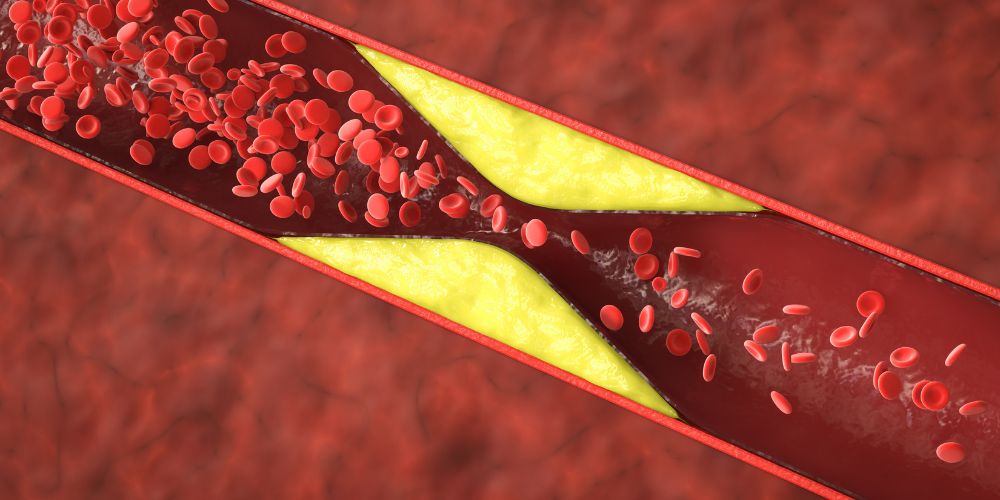8 Essential Facts About Hepatitis A: Symptoms, Treatment, and More
Hepatitis A causes liver damage and other symptoms. To prevent and cure this sickness, recognize its causes. This article covers eight key facts about facts about hepatitis A, including symptoms, treatment, and more. Understanding hepatitis A helps people protect themselves and others.

Understand Hepatitis A
Feces propagate HAV-caused hepatitis A. The disease spreads when infected persons defecate in food and drink. This transfer technique emphasizes the need for cleanliness in preventing epidemics. Hepatitis A is frequent in areas with poor health and water availability.
Because the virus may persist outside the body for months, unsanitary conditions can lead to instances. Most patients with hepatitis A recover without long-term health issues, unlike those with B or C. The condition seldom causes rapid liver failure, particularly in elderly or liver-challenged persons.
Hepatitis A signs
Hepatitis A symptoms appear two to six weeks after infection. Symptomatic people may have many diseases. Frequent symptoms include fatigue, nausea, vomiting, stomach discomfort, lack of food, low-grade fever, and jaundice—yellow skin and eyes.
Weakness
People usually feel fatigued initially. This acute fatigue may last the whole illness and make daily tasks difficult. As the sickness worsens, you may vomit. Not treating symptoms might cause dehydration.
Not feeling well and vomiting.
Being unwell is unpleasant and common. During a severe illness, vomiting may occur sometimes or often. Stomach issues may make eating and drinking difficult.
Stomach pain
Liver pain in the upper right abdomen is common. This dull or acute discomfort worsens with movement or pressure. After eating, you may feel bloated and painful.
Appetite Loss
Weight loss from not being hungry early in the disease may worsen fatigue and illness. Eating may be difficult if you're unwell or have stomach discomfort.
Green skin
Bilirubin builds up in the blood when the liver malfunctions, causing jaundice. Red blood cell breakdown produces bilirubin. This deposit may tint skin and eyes yellow, urine black, and stool clay-colored.
Recognizing these indications helps receive medical treatment quickly.
Diagnosis and test
Medical history and lab testing identify hepatitis A. Doctors and nurses may ask about Travel, infected food or drink, and afflicted friends. Hepatitis A antibodies, particularly anti-HAV IgM antibodies, indicate a recent infection in blood testing.
Physicians may test liver function in addition to antibodies to assess liver function during sickness. Elevated liver enzymes may indicate liver cell injury. Symptoms and blood tests may identify most hepatitis A infections; however, imaging scans may be needed if they are suspicious.

Treatment Options
People with hepatitis A get supportive care, not prevention. In weeks to months, most patients recover without hospitalization. Vomiting or diarrhea may need rest, water, and small, bland meals.
Supportive Care
Acute cases need supportive treatment since there is no HAV-specific antiviral medication. Patients with long-term vomiting or diarrhea should consume adequate fluids and receive IV fluids if needed.
Diet Advice
To avoid stomach issues, eat modest, frequent meals of essential foods without fat or spice. Note symptoms and notify your doctor if they worsen. Seek medical attention immediately for proper healing.
Medicines
Over-the-counter pain and fever medications should only be taken under medical supervision. Various narcotics may damage the liver. Thus, rehab patients should avoid them. In severe circumstances like acute liver failure, you may require hospitalization for monitoring and treatment. Sometimes, folks require IV water or additional medical treatment.
Vaccination stops
Vaccination is the most excellent approach to prevent hepatitis A. Hepatitis A vaccinations are recommended for newborns and high-risk individuals. People who go to hepatitis A-endemic places, males who have sex with other men, chronic liver disease patients, and healthcare and food service personnel who don't follow cleanliness norms are mentioned.
For lifelong hepatitis A protection, the vaccine is administered twice, six months apart. The injection may be administered two weeks after contact to reduce infection risk. Vaccination and personal hygiene, such as washing hands after using the restroom or handling food, can prevent illness. Traveling to unhealthy locations requires caution.
Hepatitis A risks
Hepatitis A spreads faster to specific populations. Travelers to hepatitis A-endemic areas should be highly cautious about vaccinations. Close relatives or guardians with HAV doubles the risk.
Illegal drug users may become sick via sharing surfaces and tools, regardless of drug usage. Chronic liver disease increases hepatitis A risk. Vaccination and cleanliness may reduce these risks. Community education regarding hepatitis A transmission might dramatically reduce instances.
Hepatitis A Effects
Public Health Impact
Even though vaccination initiatives have reduced rates in many developed nations, hepatitis A remains a global health issue. Poor cleanliness or food safety at community gatherings can cause outbreaks. The WHO estimates tens of thousands of hepatitis A deaths annually. Vaccinations have reduced instances, but numbers must be kept low.
Hepatitis A Statistics Worldwide
Millions catch hepatitis A despite vaccinations every year. World Health Organization estimates 1.4 million new cases in 2016. Due to poor drainage, rates are more significant in regions of Asia and sub-Saharan Africa, but they have reduced dramatically in wealthier nations due to vaccination! Even wealthier nations have seen epidemics in recent years. This emphasizes the need to train people about hygiene and food handling, particularly during large gatherings with a high risk of contamination!
Money Effects
The economic costs of hepatitis A go beyond medical expenses. It may involve long-term quality-of-life issues and missed employment due to illness. Public health strategies that reduce instances save money and improve community health! Progression and Recovery Most hepatitis A patients recover without liver damage. About 85% of sick persons recover within three months, and practically all within six.
HAV does not induce liver cirrhosis like B or C! Get over hepatitis A for lifetime protection! Hepatitis A may induce abrupt liver failure,e requiring emergency treatment. Older or sick people are more prone to this. Viral diseases benefit from early identification and compassionate treatment!
Long-term effects
Most patients with hepatitis A recover without complications; however, some feel fatigued for weeks! Regular follow-ups monitor healing and resolve issues, restoring health and vitality! The long-term implications and the necessity to adopt appropriate lifestyle choices for liver function after recovery should be discussed by doctors and nurses.
Conclusion
To reduce the public health effects of hepatitis A, we must understand how it spreads, its symptoms, treatment, and vaccination. Awareness may help physicians diagnose and treat infections sooner, and vaccinations might prevent epidemics! If you're weary and have yellow skin, consult a doctor if you suspect hepatitis A. Information on preventing illness may reduce the danger of this virus and make communities healthier.










